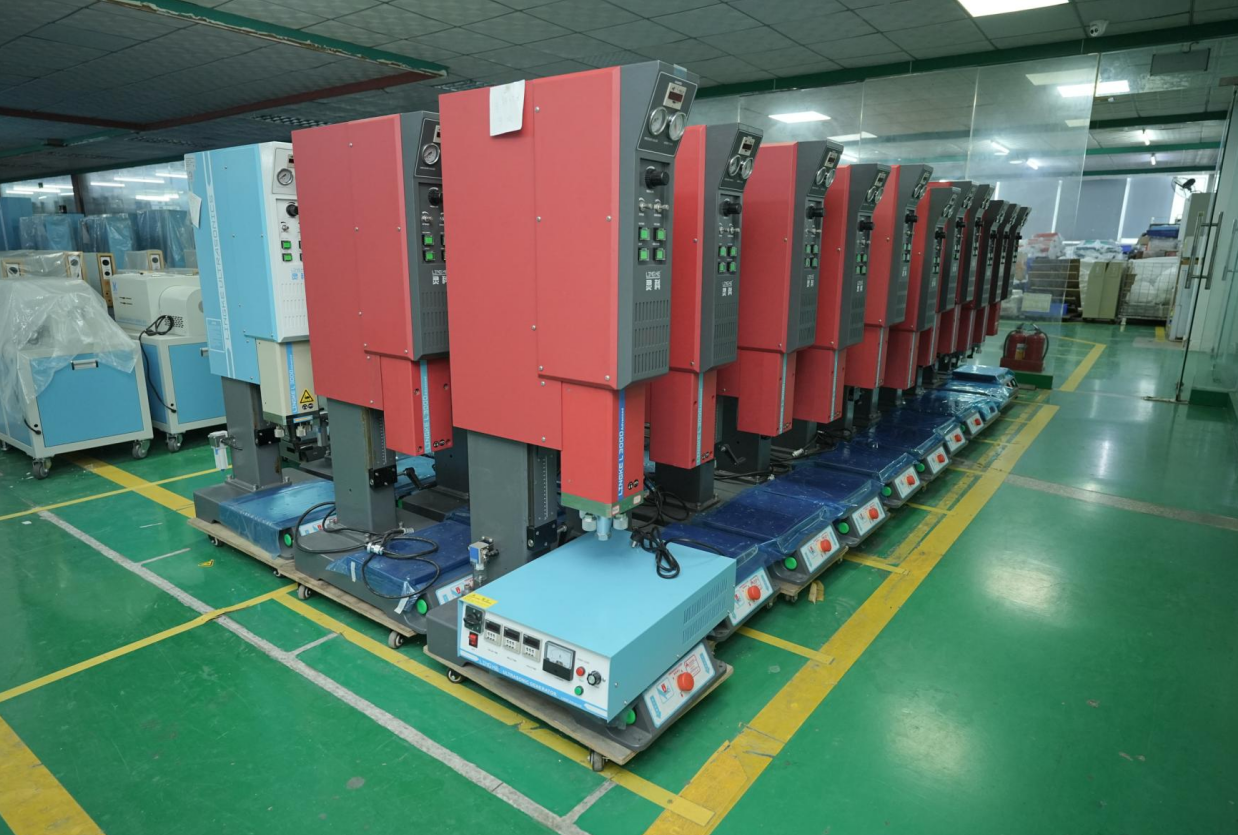
In the fast-paced modern life, most of the plastic packaging such as fast food boxes and milk tea cups neatly arranged on supermarket shelves cannot do without the "seamless bonding" of ultrasonic welding machines. This technology uses high-frequency vibration to instantly reorganize molecules and achieve a firm seal without glue, which not only ensures food safety, but also increases production efficiency several times.
When irregular scratches appear on the welding surface, seemingly minor flaws may trigger a chain reaction: product scrap rate rises, and the production line is forced to shut down for inspection. This article will start from the working principle of the equipment, analyze the reasons why scratches are produced after welding by Deno ultrasonic welding machine, and sort out a set of solutions and maintenance processes.

The four major causes of welding scars: 1. Energy overload trap: Blindly increasing the welding energy in pursuit of speed is like hitting an eggshell with a hammer. Excessive vibration will cause the material to melt excessively locally, forming a burn-like scar.
2. Mold matching deviation: The mold surface roughness exceeds Ra0.8μm, or the pattern and texture do not match the product, just like using sandpaper to polish a smooth surface, which will inevitably leave scratches.
3. Material compatibility dilemma: When PP lunch boxes meet PET transparent cover, materials with different melting points are prone to "uneven hot and cold" during welding, forming crescent-shaped stress marks.
4. Equipment aging warning: When the transducer amplitude attenuation exceeds 20%, it will cause uneven distribution of welding pressure and leave radial cracks on the product surface.
To address these pain points, Apsonic Ultrasonic has introduced a standardized maintenance process: 1. Initial consultation: Through video connection, the technical engineer observes the operating status of the Deno ultrasonic welding machine equipment and makes a preliminary judgment on the fault to avoid ineffective visits.
2. On-site inspection: Engineers carry professional tools and focus on testing core parameters such as generator output waveform and cylinder verticality.
3. Determine the solution: Based on the production schedule and cost budget, engineers provide reasonable solutions.
4. Repair and debugging: Complete the repair and test the welding specimen to ensure that the sealing strength meets the standard.
Apsonic Ultrasonic is an ultrasonic plastic welding equipment manufacturer dedicated to the research and development and manufacture of high-end performance ultrasonic plastic welding equipment. It has mastered more than 100 scientific research patents and is also the first company in China to master servo-controlled pressure ultrasonic welding technology. It has strong technical strength. It is widely used in medical equipment, electronic equipment, printing consumables, plastics, non-woven fabrics, packaging, auto parts and other fields, providing a large number of high-quality ultrasonic plastic welding equipment and application solutions with strong stability for various industries and enterprises at home and abroad.
